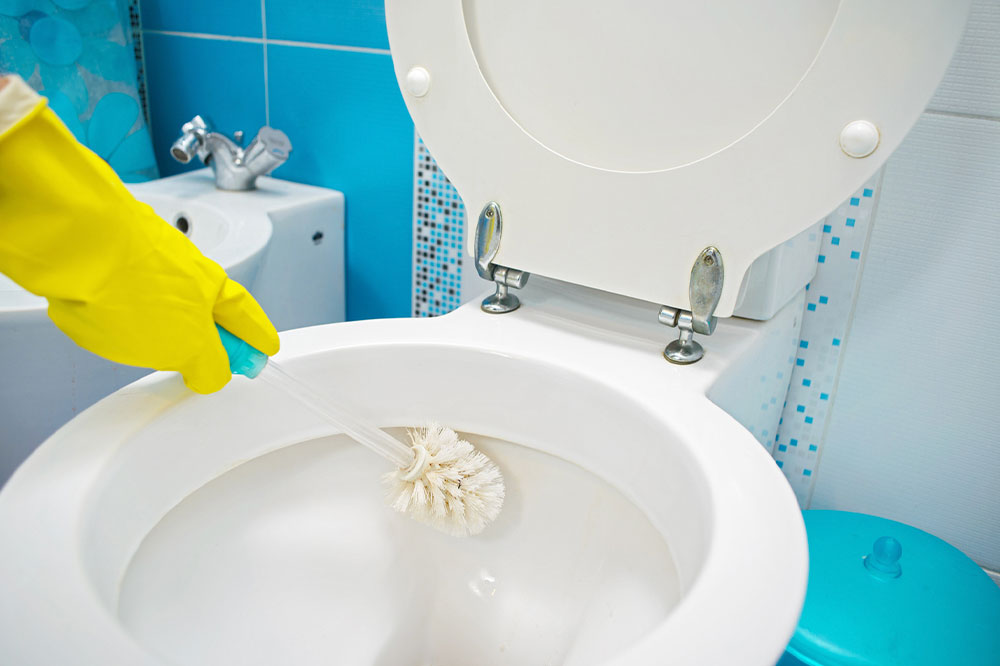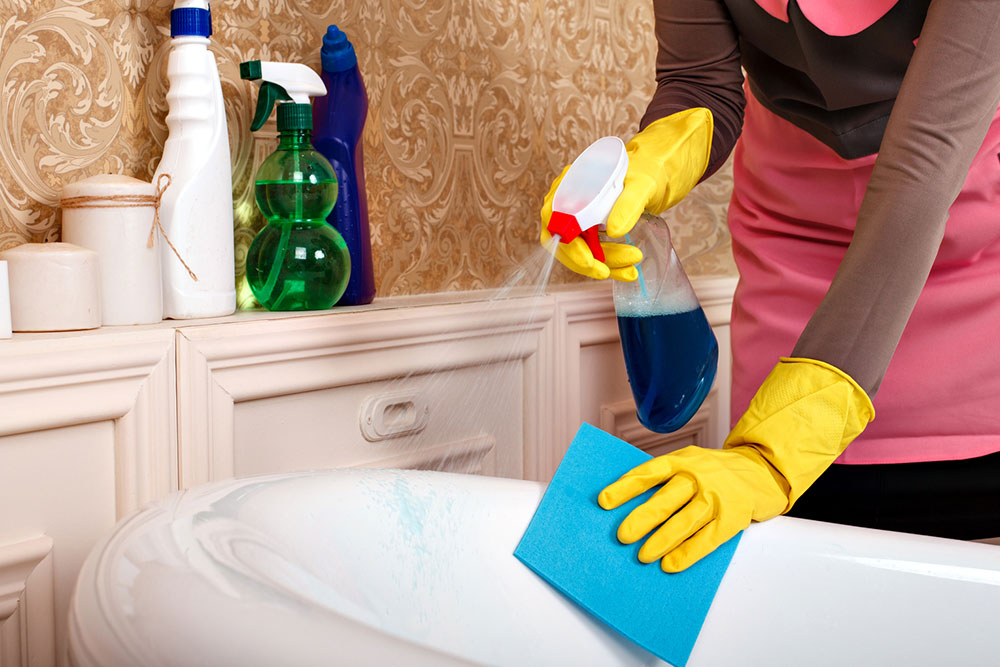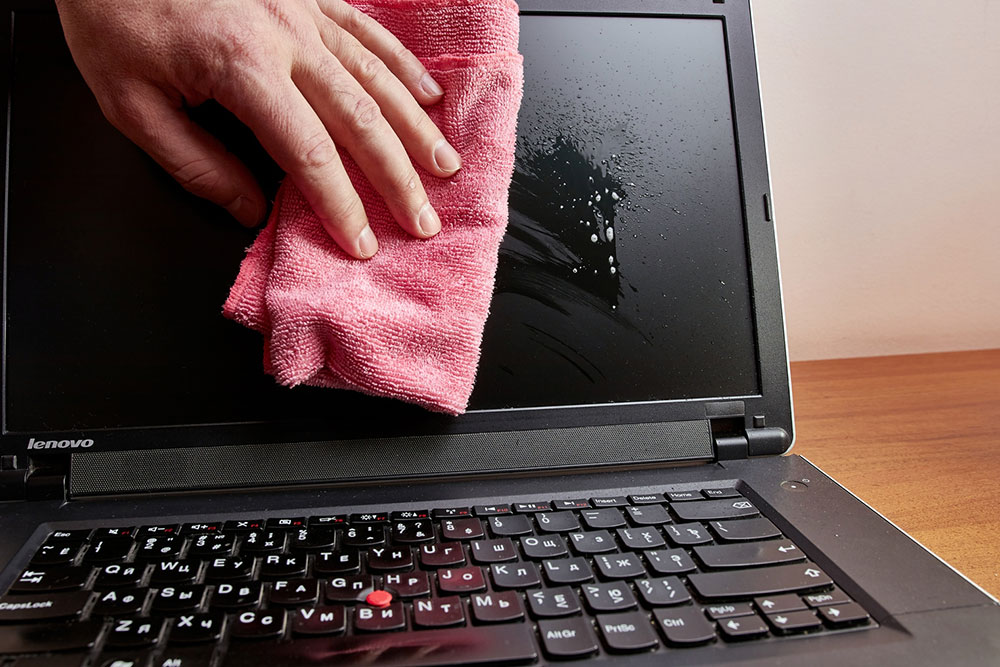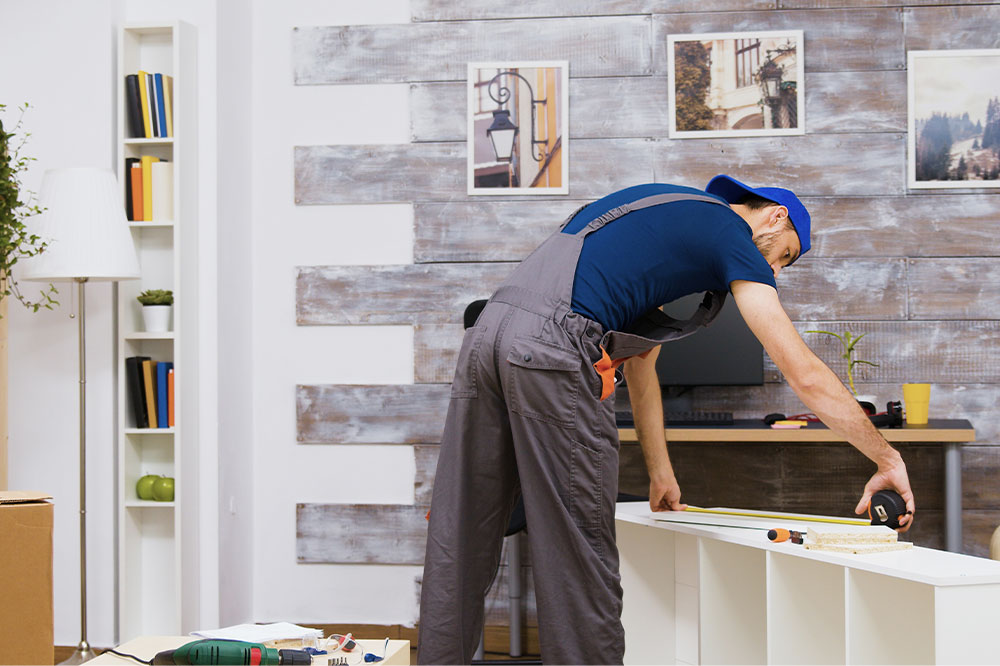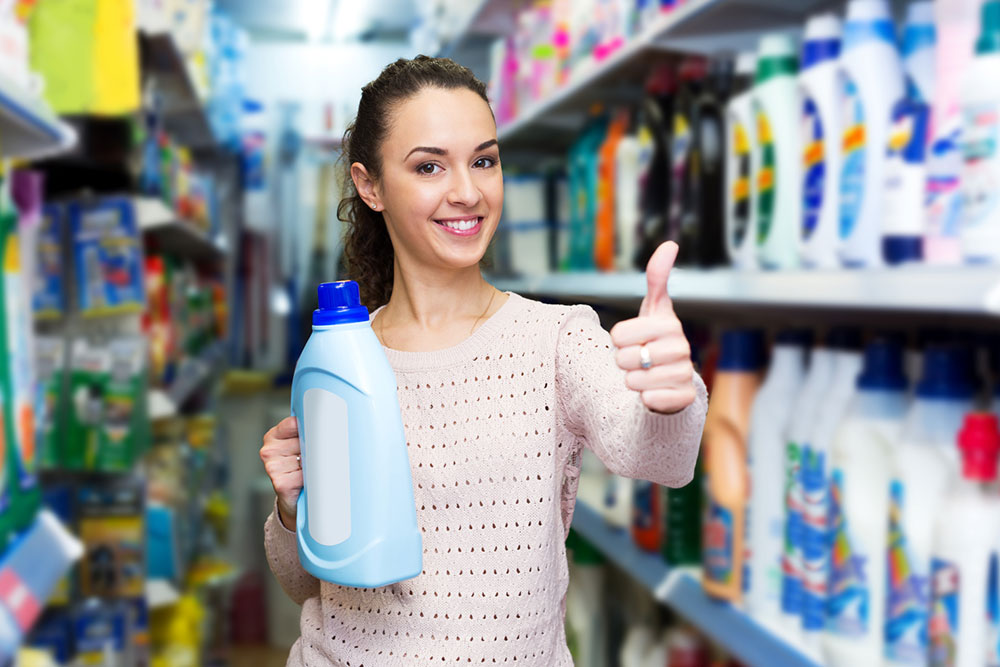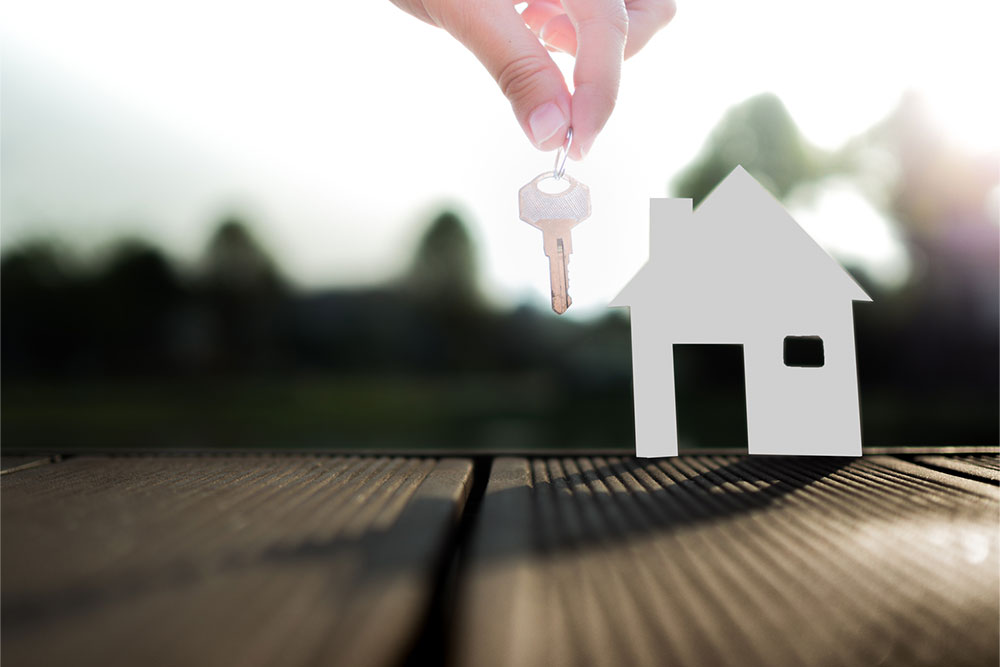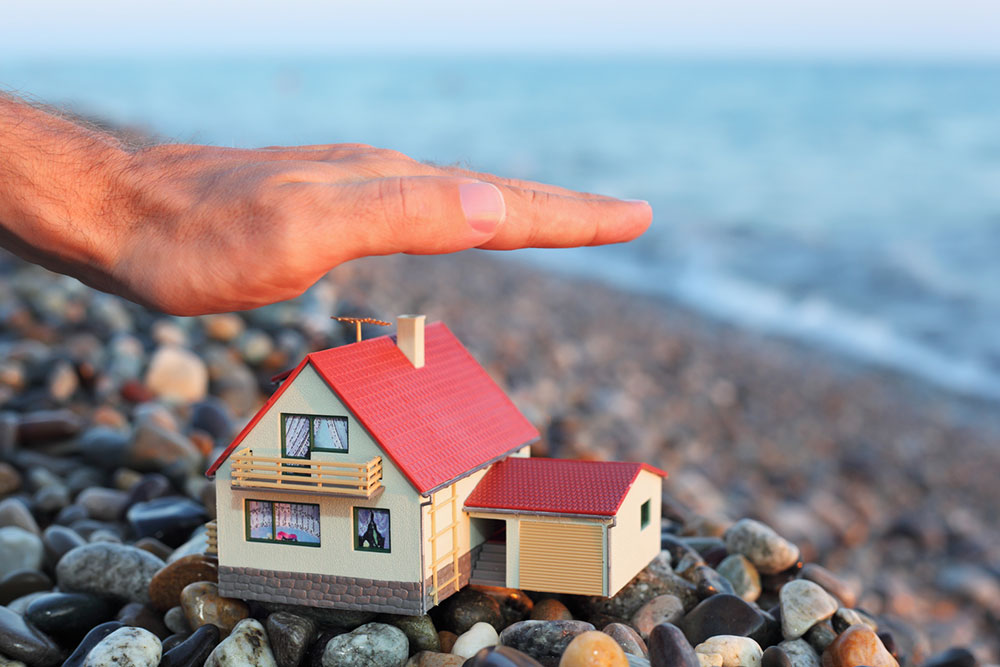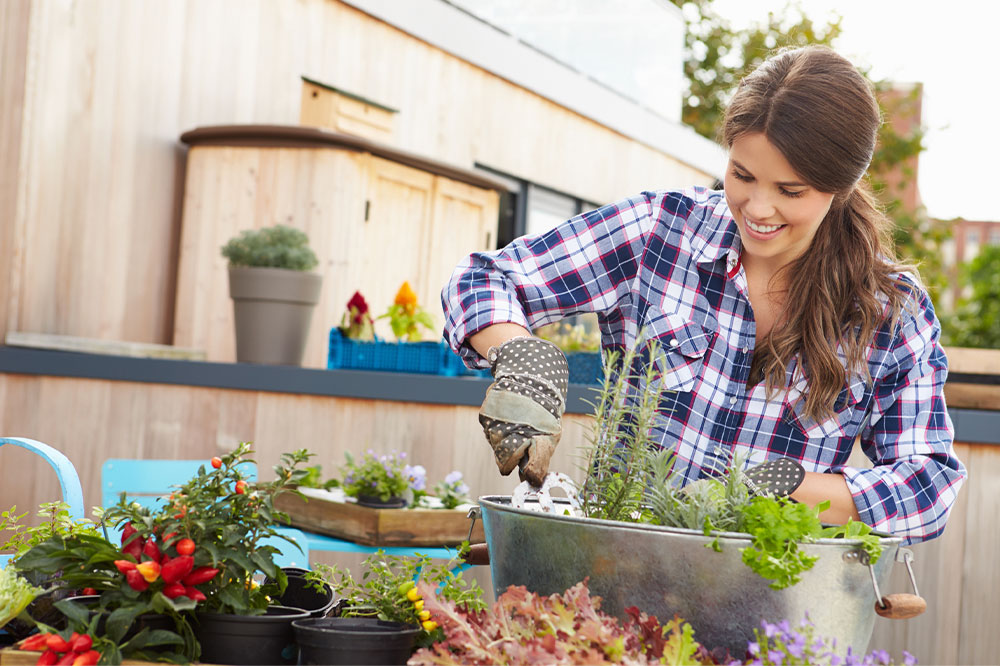
8 common gardening mistakes to avoid
Gardening is a leisurely activity and a beloved hobby for many. But as incredible as it is, one needs to consider several factors to ensure the survival of a garden, and especially for it to thrive. If you are building a kitchen garden, it will require a different kind of dedication and a different set of rules than an aesthetic, floral garden. In either case, there are some essential tips to follow. So, let’s explore some common gardening mistakes to avoid. Neglecting soil preparation This is the most crucial step of any gardening process. The soil is the base of the garden, and it is full of nutrients that are essential for the plants to thrive on. Neglecting soil preparation can cost you your beloved garden. Before starting any activity on the patch, assess your soil’s texture, pH balance, and nutrient content. Analyze this report to understand what kind of plants this soil can support. You can add organic matter, like compost and manure, to the soil to help improve its nutrient content and any additional requirements. Also, this cannot be a one-time process; you will have to do regular soil checking to ensure that the nutrients are not depleting.
Read More 